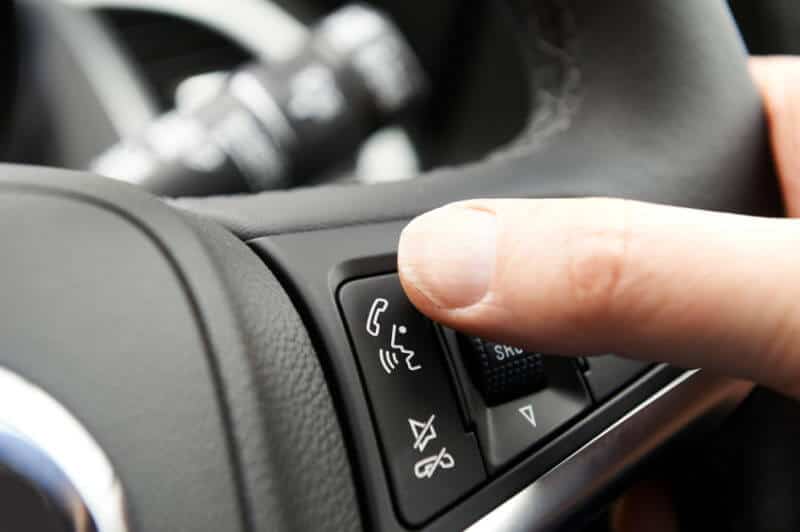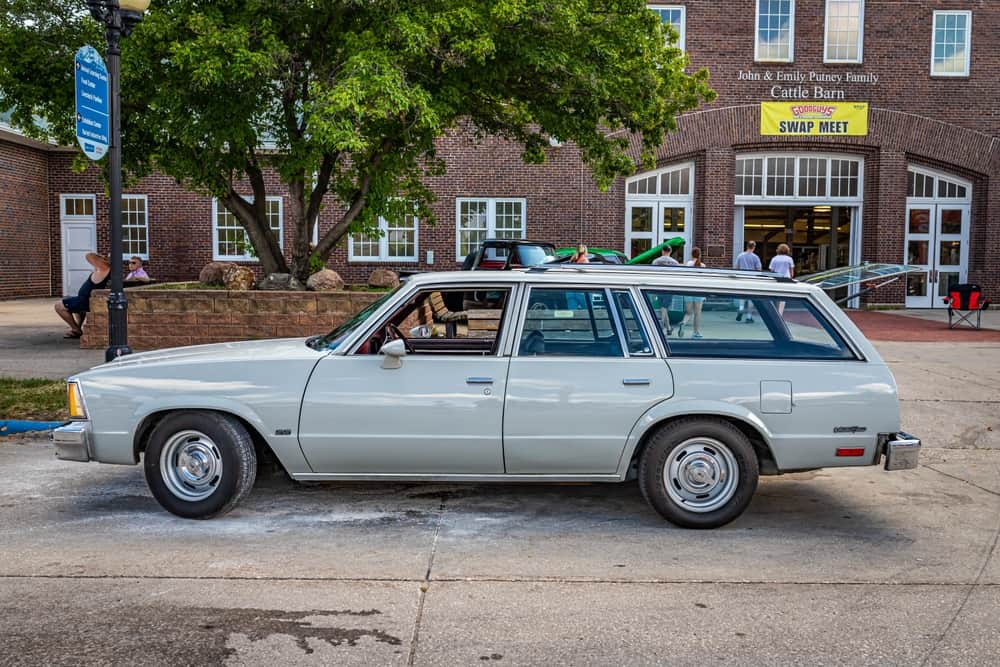Breaking News: Hands-Free Talking and Texting Isn’t Safer After All

Now that we’re all on board with “hands-free” cell phone use, we’re all much safer – right? Wrong! In fact, even the slightest distraction when you should be keeping both hands on the wheel and focused on the task at hand – driving – can be deadly.
“Hands-free is not risk-free”
According to the National Safety Council (NSC), “Hands-free is not risk-free.” While most safe driving laws have focused on pushing for hands-free technology as a means to reduce the number of deaths associated with cell phone use, truth be told, they are nothing more than a compromise.
Unfortunately, people intent on driving and texting or calling will continue to do so at their own peril and anyone else’s on the road with them. Even more astonishing is that surveys show 80 percent of Americans believe that using a hands-free device to carry on conversations while driving is safe.
Four times more likely to be involved in a crash
But, more than 30 studies show the opposite is true, because your brain is still distracted by the conversation. According to the NSC, if you’re driving and using a cell phone or hands-free technology, you’re four times more likely to be involved in a crash. And, using voice technology to send a text message is even more distracting than texting on a cell phone while driving.
As further proof, the NSC cites a recent tragic case involving 15-year-old Ethan Wong of Cupertino, California, who was riding a bike to his high school when he was struck and killed by a truck driver using a hands-free device.
“Inattention blindness” and running red lights
Peter Kissinger, president and CEO of the AAA Foundation for Traffic Safety explains that talking on hands-free devices can result in what is referred to as “inattention blindness” while driving. In other words, people who are absorbed in a two-way conversation may inadvertently run red lights or stops signs without even noticing them with deadly consequences.
In conjunction with the foundation, researchers at the University of Utah determined that voice-activated email was ranked as a “level three” distraction – which is considered the highest level of risk for drivers engaging in the behavior. Furthermore, the study found that as a driver’s distractions increase, the less likely he or she is to scan the road ahead for pedestrians and stop signs, as well as suffer a marked decrease in reaction times.
Calls so important they can’t wait?
Very few calls or texts are so important they can’t wait. If you feel the need to answer, find a safe place to pull over and complete the call. No call or text is worth getting yourself killed or injuring an innocent driver or pedestrian.
These days, a high number of fender-benders can be attributed to cell phone use – hands- free or otherwise. While it’s difficult to prove a driver was on a call or texting at the time of the crash, one thing is for sure – you can expect to pay more for your auto insurance, and that, too, should give you pause for thought as it could go up substantially.
Disengaged from your driving
That’s because car insurance companies take a dim view of the possibility you were disengaged from your driving when you ran into the car in front of you or T-boned that minivan at the stop sign.
Remember – about 26 percent of all car crashes involve some sort of cell phone use – including hands-free. So, why take the risk?
Drivers should always use good judgement when they are behind the wheel and that includes having great car insurance coverage. USAgencies provides quality car insurance coverage at affordable rates for all drivers – including high-risk drivers. Call (800) 420-3712 to get your free quote or you can go online to request your free auto insurance quote.



